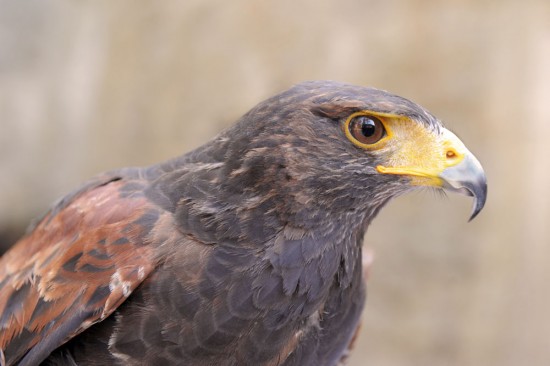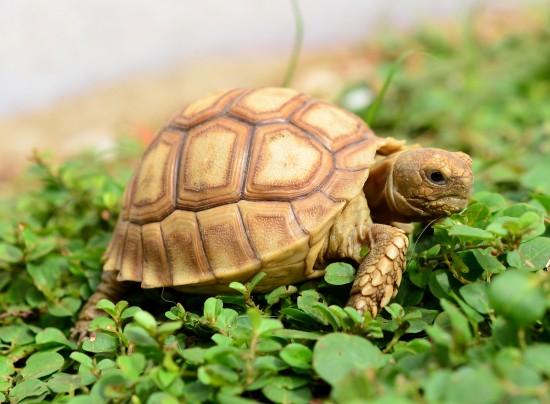
The feeding program of tortoises: what do tortoises eat?
With the number of people interested in keeping tortoises as pets, it is important to understand what the life of this animal looks like, how it feeds and other life-sustaining processes. With the number of tortoise varieties, topping 250 ones has the choice on what to take home but here is an insight into their feeding program.
Most of the tortoises extremely feed on plant material, but it is prudent that even the plant fed comprises all the nutritious elements of a balanced diet, including enough water, carbohydrates, fibers, vitamins and proteins to allow them grow healthy and ill free. However, for the omnivorous tortoises the diet will vary slightly from the common placed herbivores and will essentially include insects, slugs and snails.
Tortoises have improved resistance to hunger and so can keep going for a number of days even when they have not been fed. But for the warm periods of the year, the pet should be preferably fed on fresh meat that has been well sliced and mixed with water for easy picking. It is advised that only fresh food be given to them, and any remnants be discarded afterwards.
It is important that the diet fed have plenty of calcium, fiber and other minerals while minimizing the quantity of proteins, phosphorous and fats altogether. Tortoises need to be fed once on a daily basis which translates to seven meals in a week, each of the meals eaten in thirty minutes time. For domesticated tortoise, one may choose to collect plants from the home garden alternatively built the tortoise its own garden and keeps it outdoors feeding by itself after observing the kind of plants it is fond of eating.
Tending for a pet common shrew
The common shrew is common in regions of Great Britain and Northern Europe except for Ireland. Shrews have varied measurements at maturity and mostly remain activity, for the most part, of the day, including the night, only taking a few minutes to have rest before embarking on activity.
The natural habitats of the common shrew include hedge lands, grasslands and woodlands, with each having defined territories that range between 440 and 750 square yards in area. Most of the shrews guard their territories keenly and may resolve to violent tactics in case of an intrusion. This animal survives well in regions that are cool and humid with forested shades, though they can also cope in regions with different conditions.
The housing of a common shrew can be made from cage or make one from a set of boxes with the standard dimensions of 0.3M for the length, 0.45M for the width and 0.25M for the height. The front part can be made of a detachable glass. It is also possible to combine two cages to get a single double roomed cage connected with a hole through for more play. The cage should be protected from rain showers using a polythene and birds by use of a net to cover the cage.
The common shrew mainly feeds on insects and other meat elements. It should be fed regularly in every period of two to three hours to cater for its feeding needs.
 Heart Murmurs In Dogs Explained
Heart Murmurs In
Heart Murmurs In Dogs Explained
Heart Murmurs In
 Ten Great Dogs That Are Guinness World Record Holders!
Ten Great Dogs Th
Ten Great Dogs That Are Guinness World Record Holders!
Ten Great Dogs Th
 Falconry – What Is It?
Falconry – What I
Falconry – What Is It?
Falconry – What I
 All About Reptile Brumation
All About Reptile
All About Reptile Brumation
All About Reptile
 Pet sitting offers various option and facilities to the pet owners at affordable pricing
Pet sitting offers various option and facilities to the pe
Pet sitting offers various option and facilities to the pet owners at affordable pricing
Pet sitting offers various option and facilities to the pe
Copyright © 2005-2016 Pet Information All Rights Reserved
Contact us: www162date@outlook.com